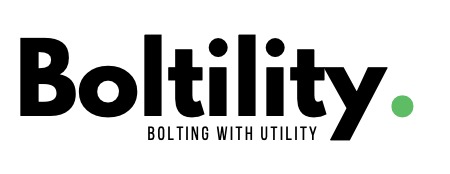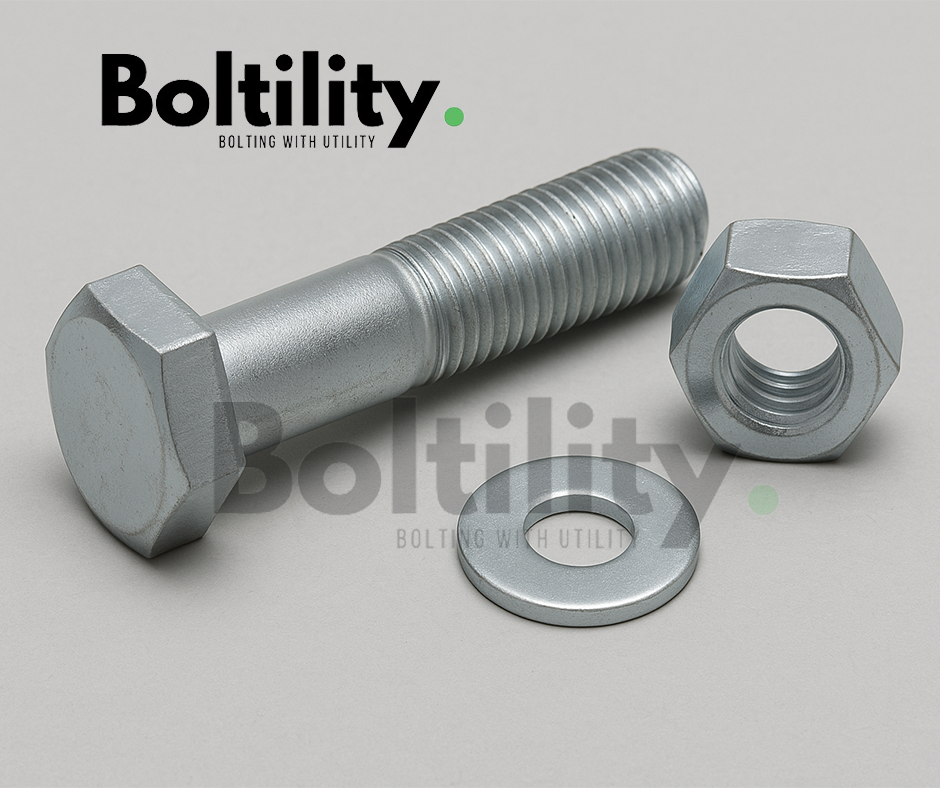Bolts and nuts are among the most commonly used fasteners in the world. From small household items to massive industrial machines, this duo plays a crucial role in holding structures together. Whether you’re a contractor, engineer, or DIY enthusiast, understanding the functionality, types, and uses of bolt and nut systems can help ensure strong, safe, and long-lasting assemblies.
What Are Bolts and Nuts?
Bolts
A bolt is a threaded fastener typically used with a matching nut. It has an external male thread (like a screw) and is designed to be inserted through holes in assembled parts and secured with a nut on the opposite end.
Nuts
A nut is a type of fastener with an internal female thread. It works in tandem with a bolt to clamp materials together, providing a firm and secure hold.
Together, bolts and nuts create a non-permanent joint that can be disassembled when needed without damaging the components.
Types of Bolts and Nuts
There are various types of bolts and nuts designed for specific applications. Some of the most common types include:
Types of Bolts:
-
Hex Bolt – Six-sided head, commonly used in construction.
-
Carriage Bolt – Rounded head with a square section underneath to prevent turning.
-
Anchor Bolt – Used to attach structural elements to concrete.
-
U-Bolt – Shaped like the letter “U”, used for pipe or tube support.
-
J-Bolt & L-Bolt – Shaped for embedded concrete or anchoring.
Types of Nuts:
-
Hex Nut – Standard six-sided nut.
-
Lock Nut – Includes a nylon insert to resist loosening.
-
Wing Nut – Has protrusions for hand tightening.
-
Cap Nut – Has a domed top to cover exposed threads.
Applications of Bolts and Nuts
Bolts and nuts are used in virtually every industry, including:
-
Construction – For steel frameworks, bridges, and concrete anchoring.
-
Automotive – For engine components and body assembly.
-
Furniture – For flat-pack and modular designs.
-
Electrical & Mechanical Equipment – For assembling panels, machines, and appliances.
Their strength and reliability make them a preferred choice in applications where precision and safety are critical.
Materials and Finishes
Depending on the environment and application, bolts and nuts are available in different materials and finishes:
-
Materials: Stainless steel, carbon steel, brass, titanium.
-
Finishes: Zinc-plated, hot-dip galvanized, black oxide, chrome-plated.
Choosing the right material helps enhance durability and corrosion resistance.
Why Bolt and Nut Fastening is Effective
-
Reusability – Can be removed and reused without damage.
-
Strength – Provides high tensile strength.
-
Versatility – Suitable for temporary or permanent joints.
-
Accessibility – Easy to install with standard tools.
Conclusion
The bolt and nut system remains a fundamental part of modern engineering and construction. Their design and variety offer flexibility for countless applications. For dependable fastening solutions, choosing high-quality bolts and nuts is essential.
Looking for top-quality bolts and nuts in Singapore?
Visit Boltility.com.sg to explore our wide selection of industrial-grade fasteners and fastening accessories. Contact us for expert advice and fast delivery!

